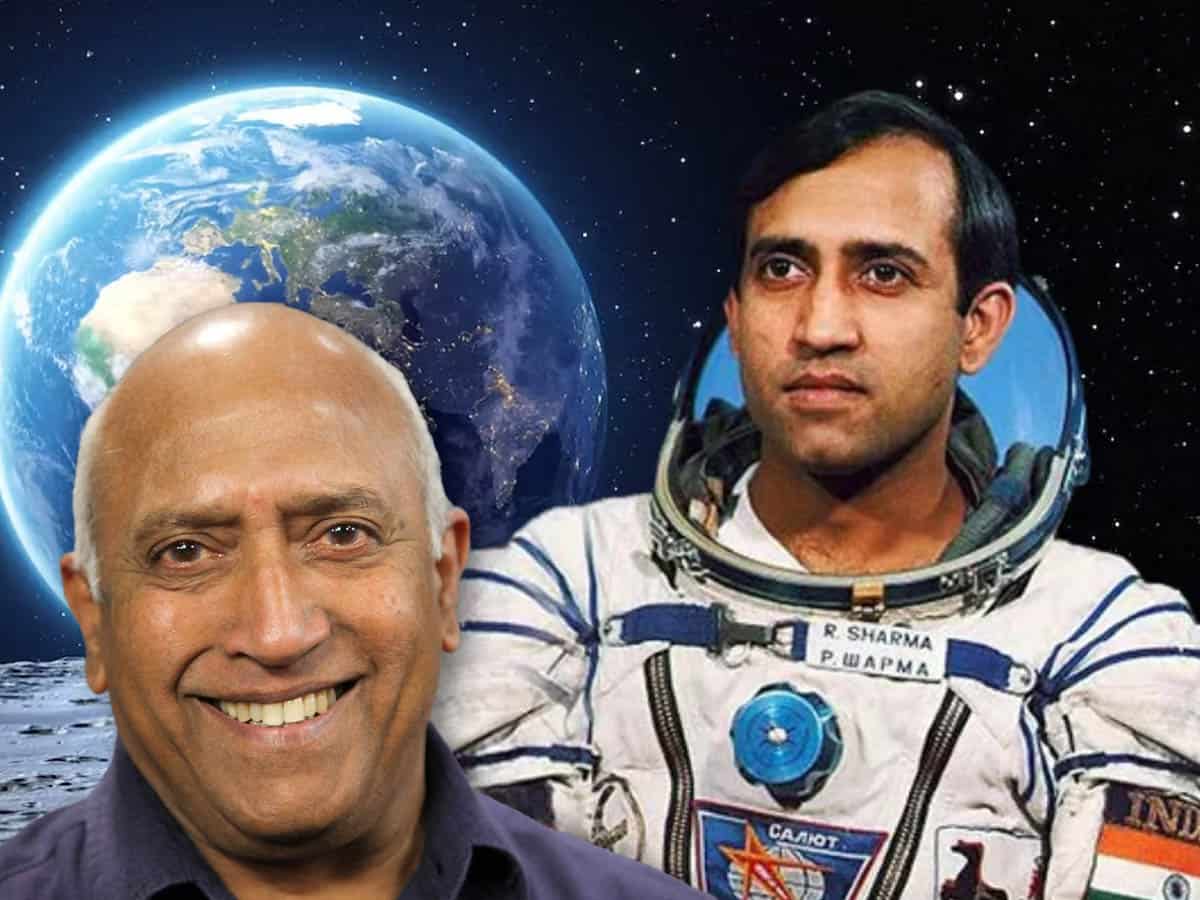
Hyderabad: Indian Air Force officer Rakesh Sharma who was the first Indian man to go into space 40 years ago in 1984, celebrated his 75th birthday on Jan 13, 2024. Over these four decades since he achieved this feat, much has changed in his life and that of Hyderabad, the city he lived in during his student days. He had studied at St. George’s Grammar School and then at Nizam College.
While Hyderabad has changed from a city with a laid-back lifestyle into a bustling centre of information technology, Sharma’s life too has undergone many changes. He now lives in tranquil surroundings in Coonoor in Tamil Nadu far away from the hustle-bustle of a career in the Indian Air Force. In his spare time, he does gardening and plays golf.
Sharma wrote a new chapter in the annals of India’s then-fledgling space exploration programme. Today Indian scientists have made huge advances in this field and the nation has carved out a niche for itself in the world. So in India’s space programme, too, many changes have taken place.
After finishing his studies in Hyderabad, Sharma joined the National Defence Academy (NDA) from where he qualified for the Indian Air Force as a test pilot in 1970. During the Bangladesh war in 1971, he flew missions in MIG fighter jets. In 1982 he was selected to become a cosmonaut and go into space as part of a joint scheme between the IAF and the Soviet Interkosmos space programme.
First Indian to travel in space
After the selection, he underwent rigorous training, and ultimately on 3rd April 1984, Sharma became the first Indian citizen to orbit in space when he journeyed aboard the Soviet rocket SoyuzT-11 with a team of Soviet cosmonauts. The craft was launched from the Baikonur Cosmodrome in the USSR. Sharma spent nearly eight days in orbit and carried out several experiments in space.
Conversation with Indira Gandhi
During his trip he spoke from his spacecraft to the then Prime Minister Indira Gandhi. When the latter asked him how India looks from up there, he gave an epic reply that will never be forgotten: “Mein bagare kisi jhijak se keh sakta hoon ki saare jahan se achcha.” (I can say without any hesitation that India is the best in the world). Aptly he chose the lines of the poet Allama Iqbal to describe how India looked from space.
Concerned about environment
Now his experience in space has made him acutely aware of the fragility of life on earth and he is passionate about preserving the environment. “Almost every man who has traveled in space returns with a realisation about the fragility of our planet. In space you get to see the big picture. Our planet is just a small blue dot. We are using up too much of its resources and ruining it with pollution. It is very important that we learn to sustain and preserve our planet,” he said at a function last year.
Sharma’s worries are understandable. Environmental degradation and pollution are affecting all human lives. We may end up destroying ourselves with failed experiments and the by-products that we have created. There are some theories that the COVID pandemic was one such event.
After his return from space, Sharma was conferred the award Hero of the Soviet Union. The Indian government bestowed upon him the highest peacetime gallantry award, the Ashoka Chakra. This former Hyderabadi personifies a man who has achieved many laurels but also learnt much from his experiences to become a humble and wise human being today.



